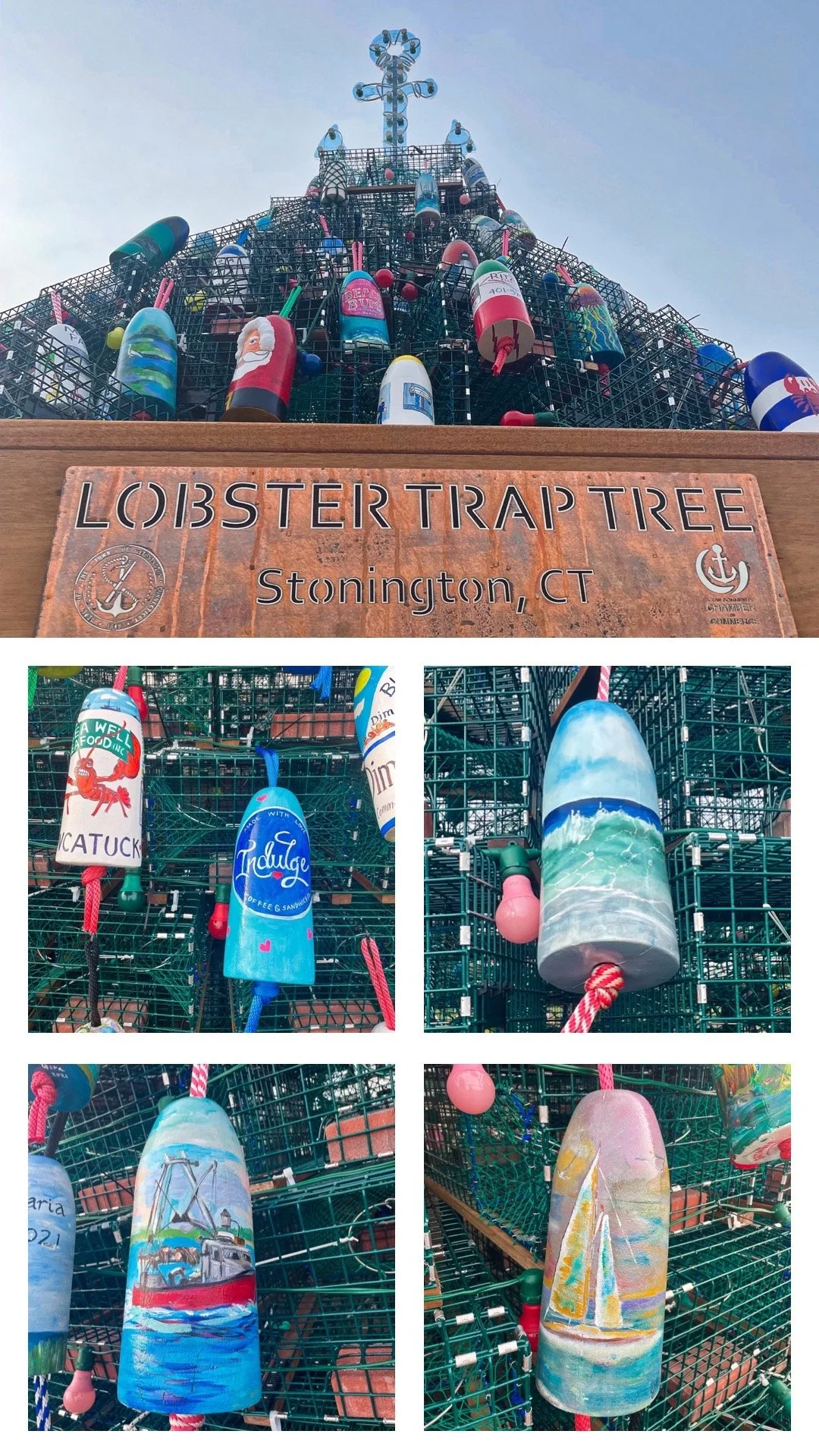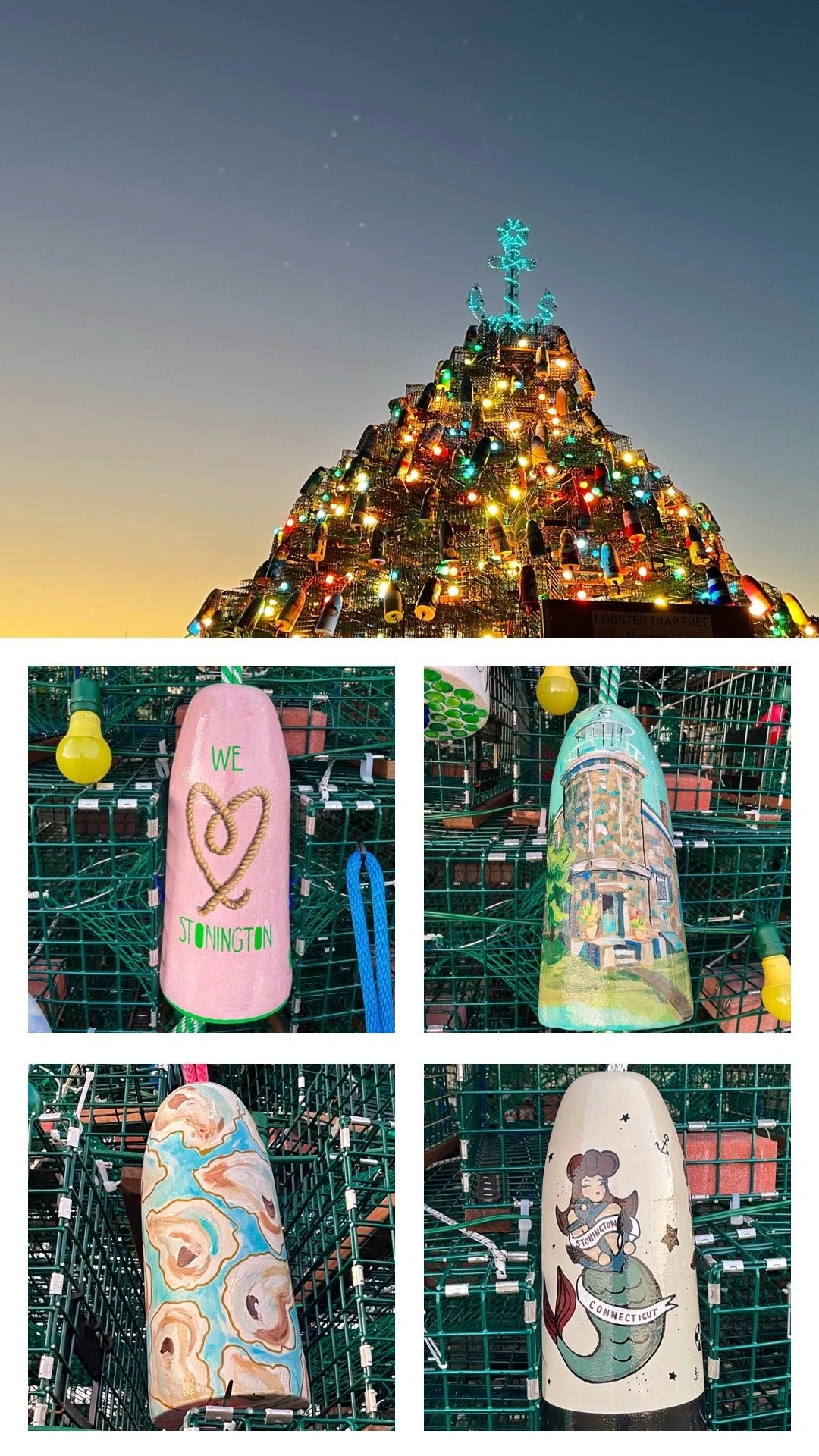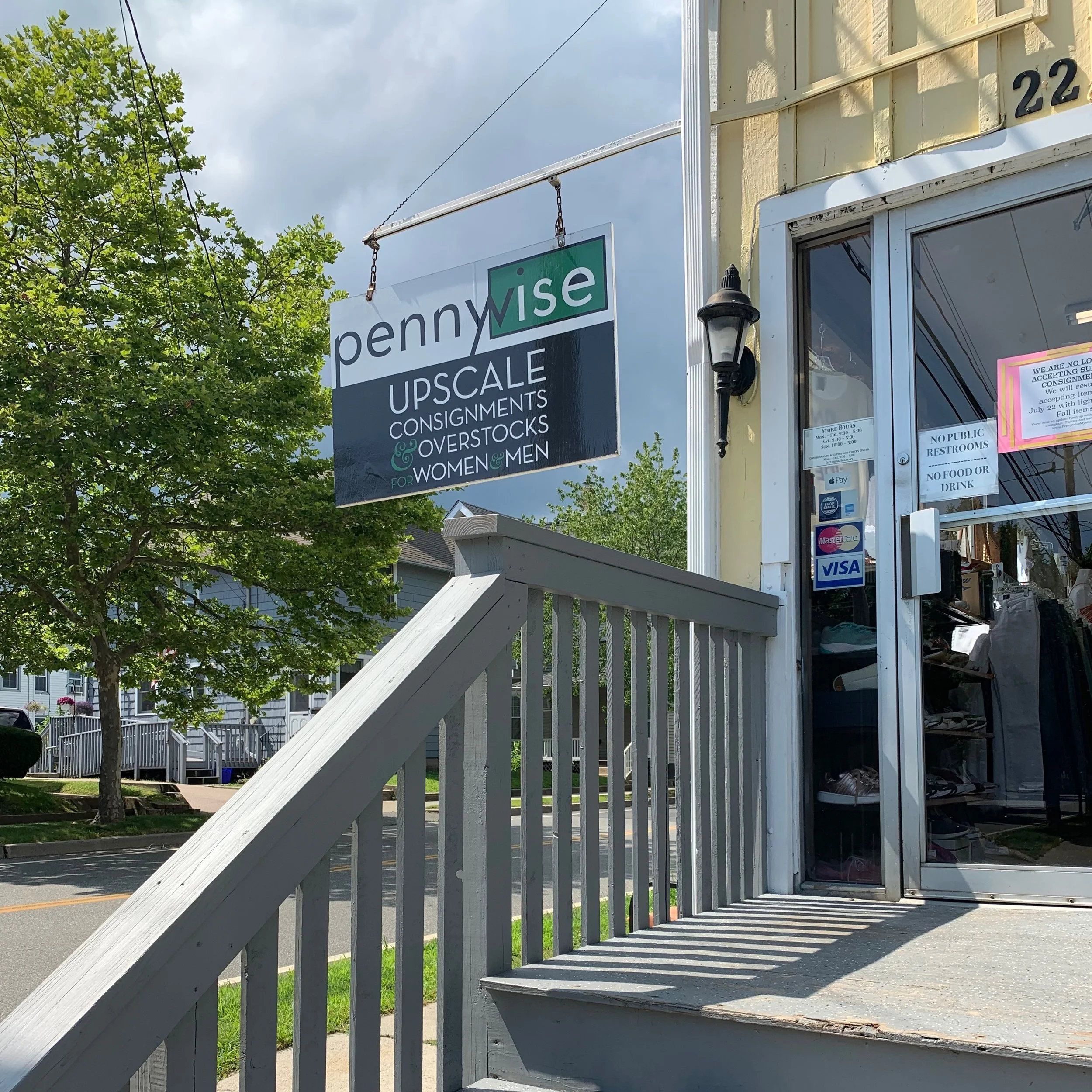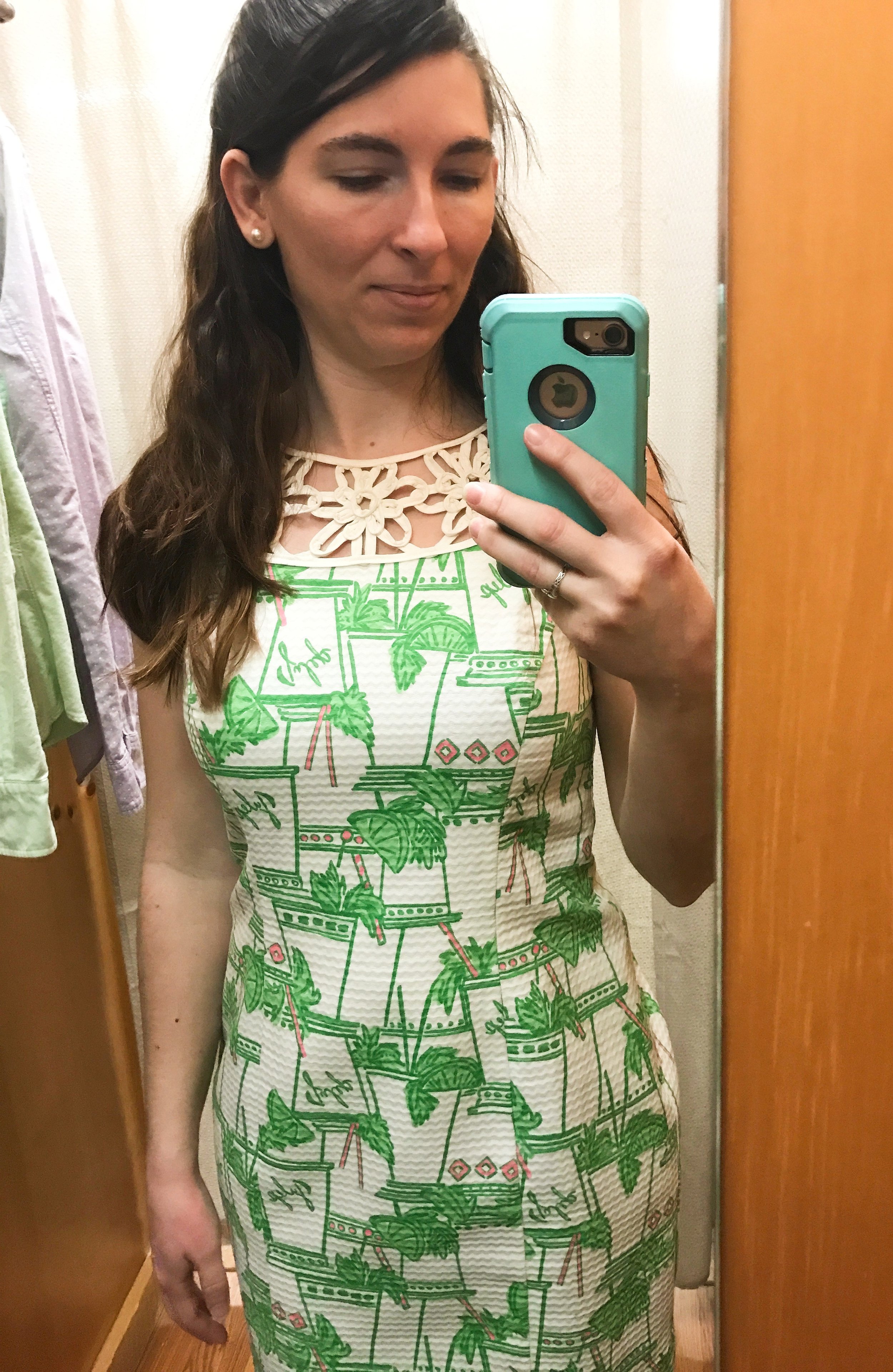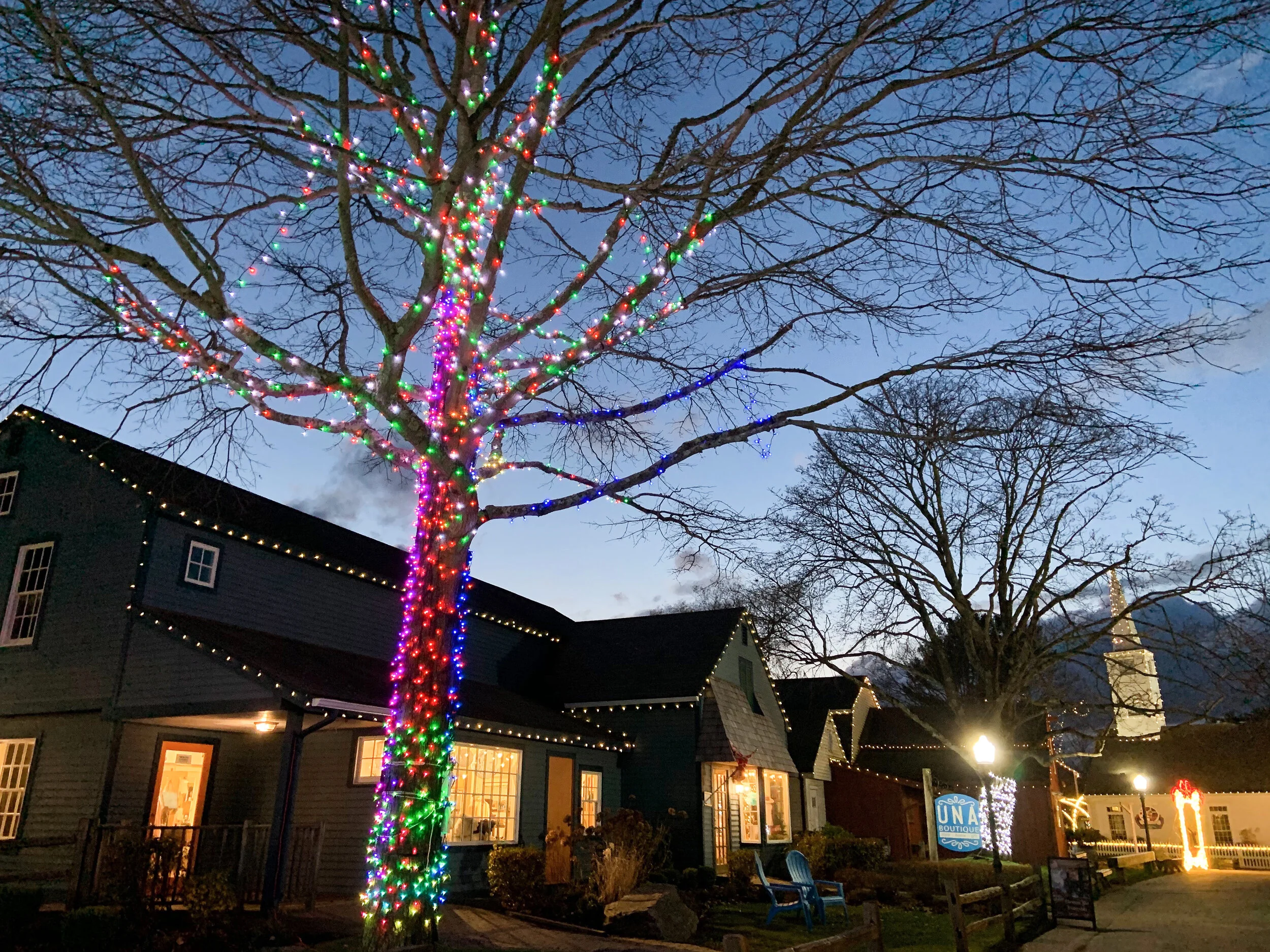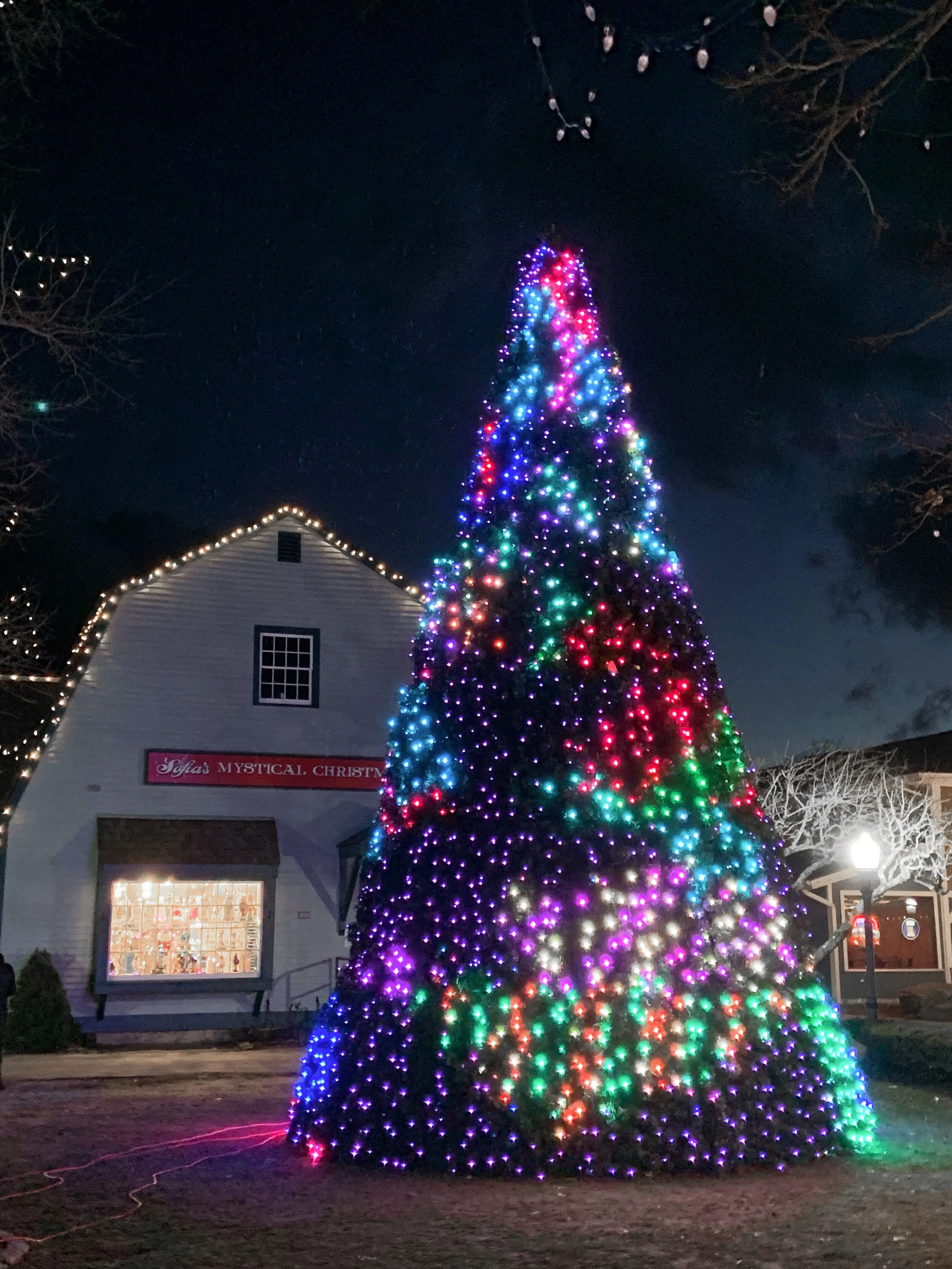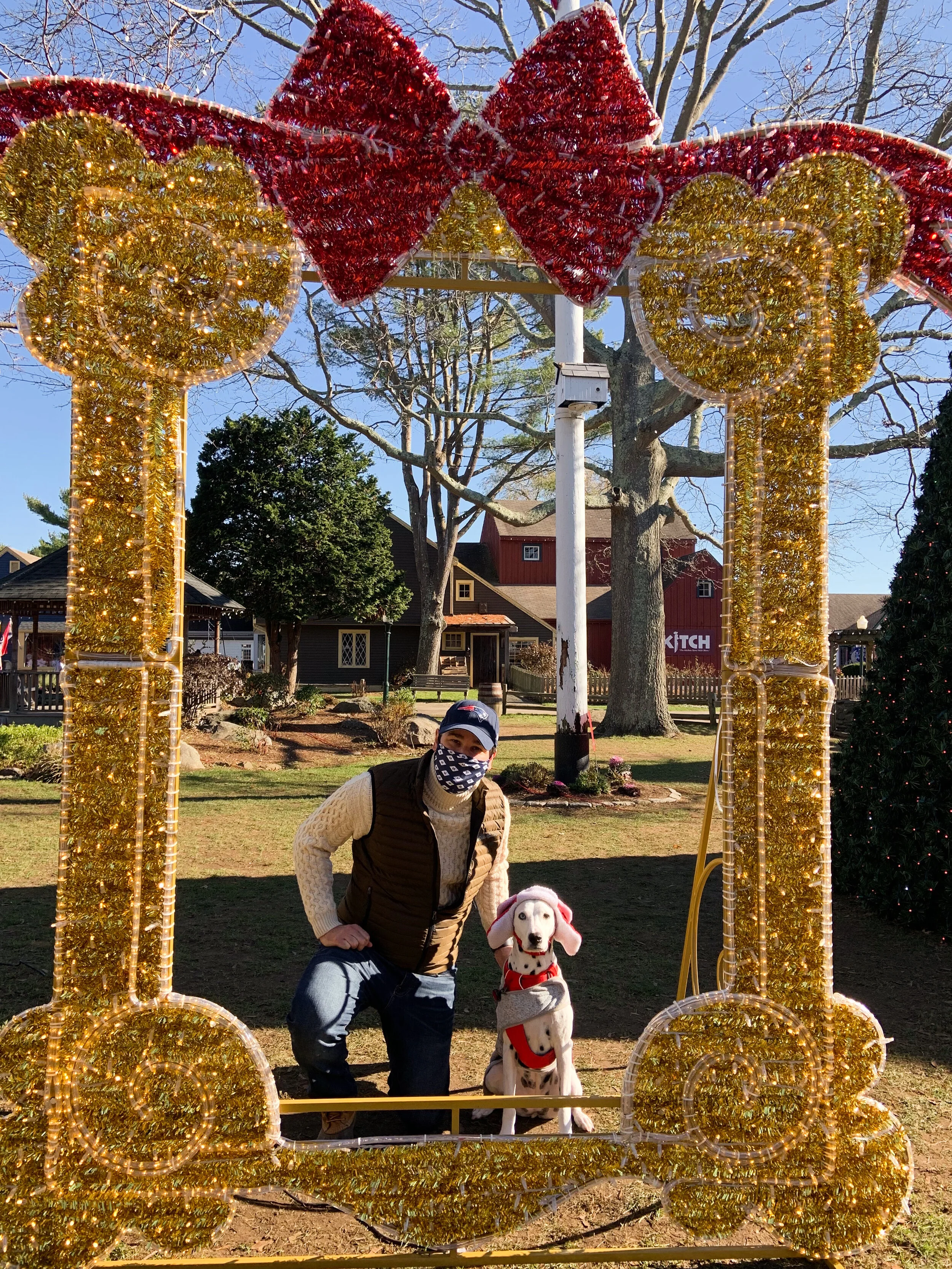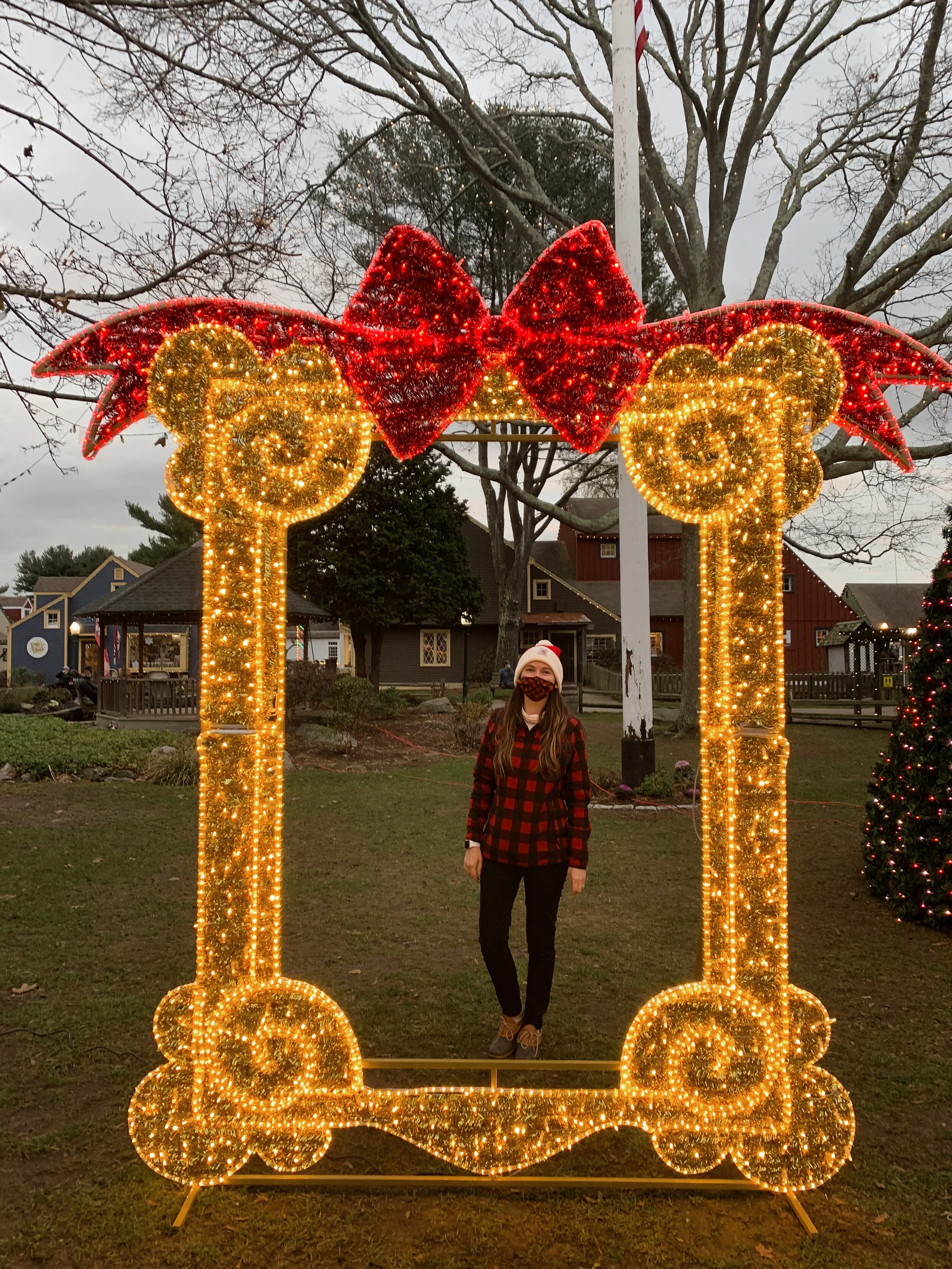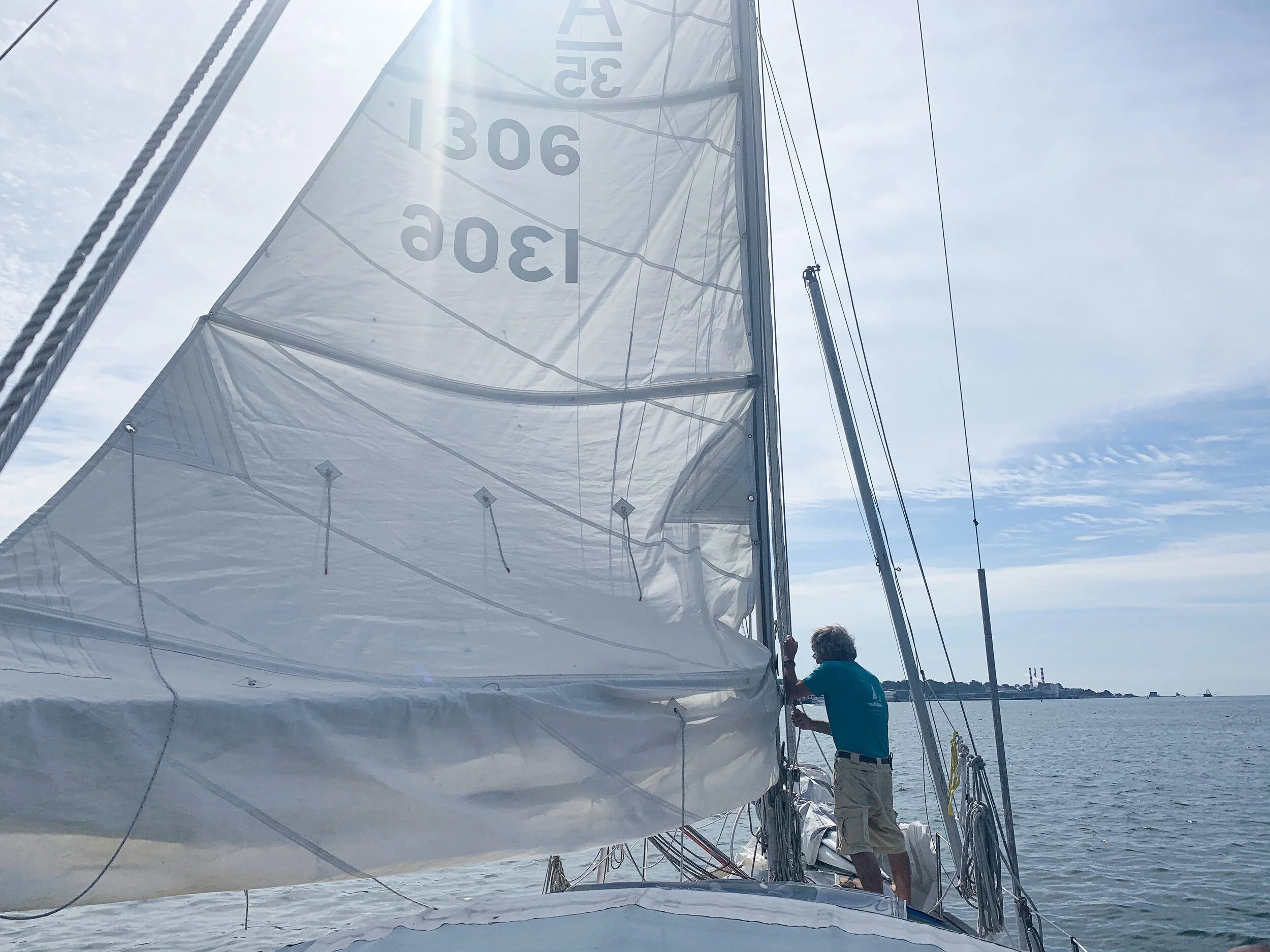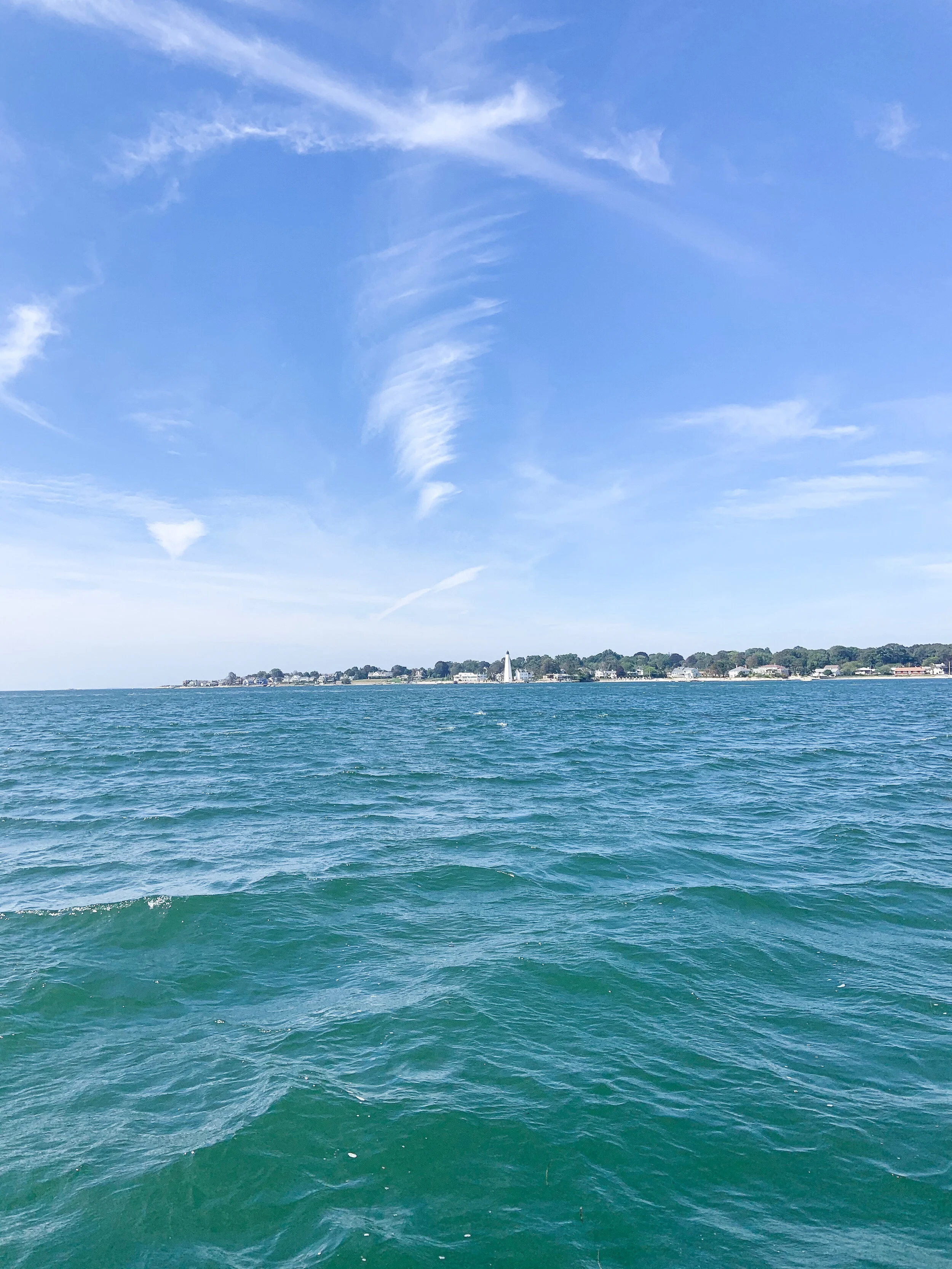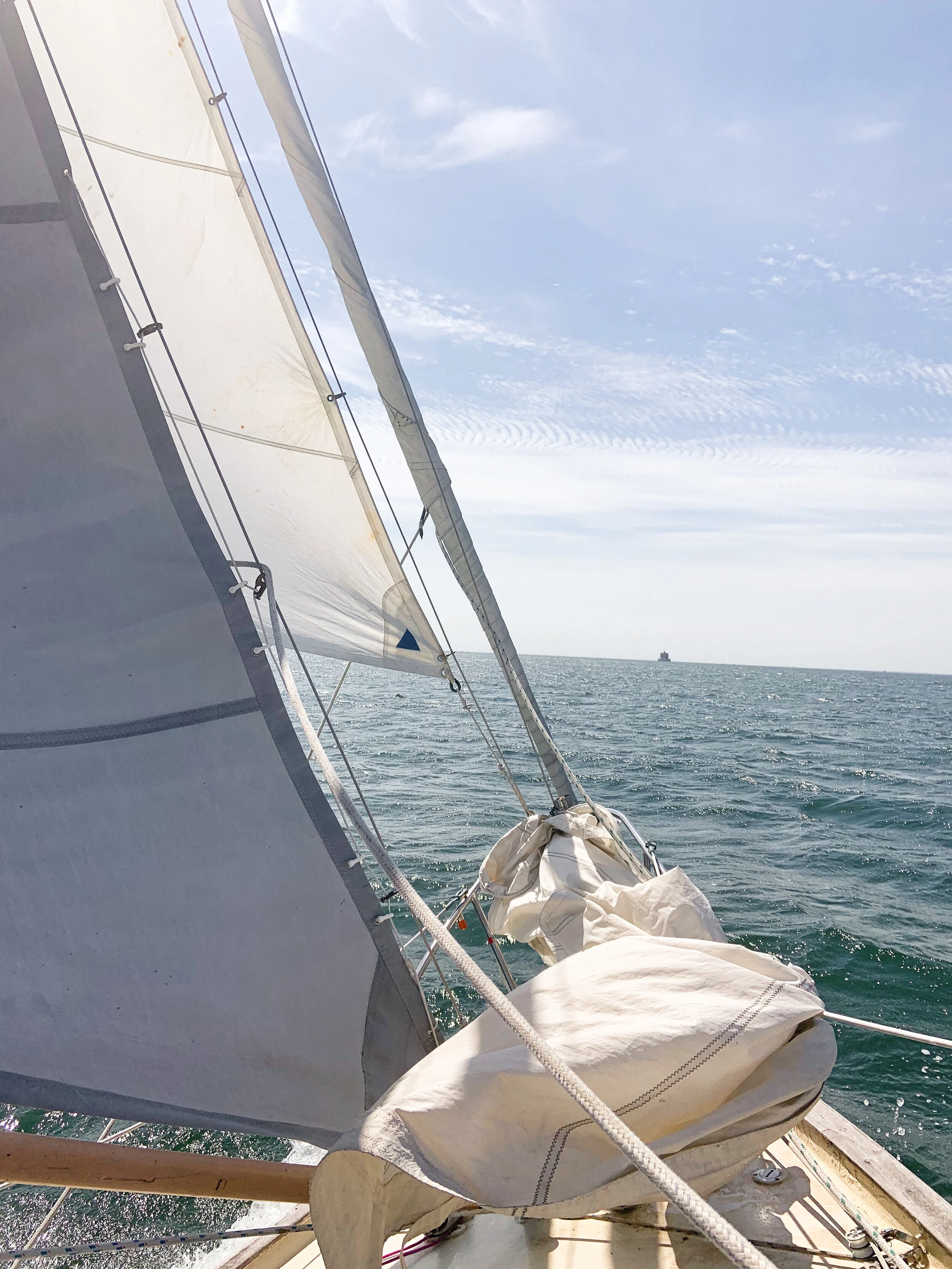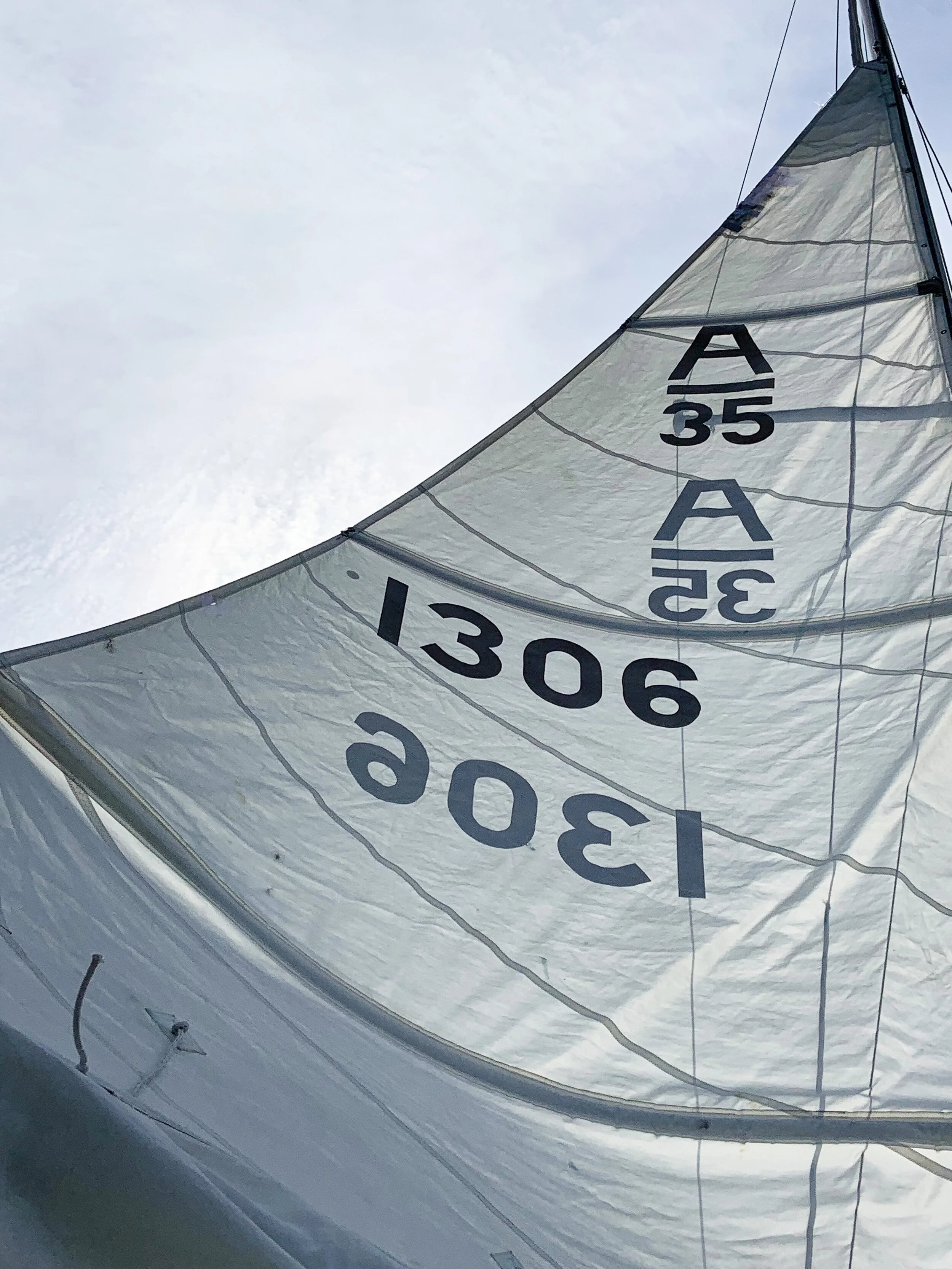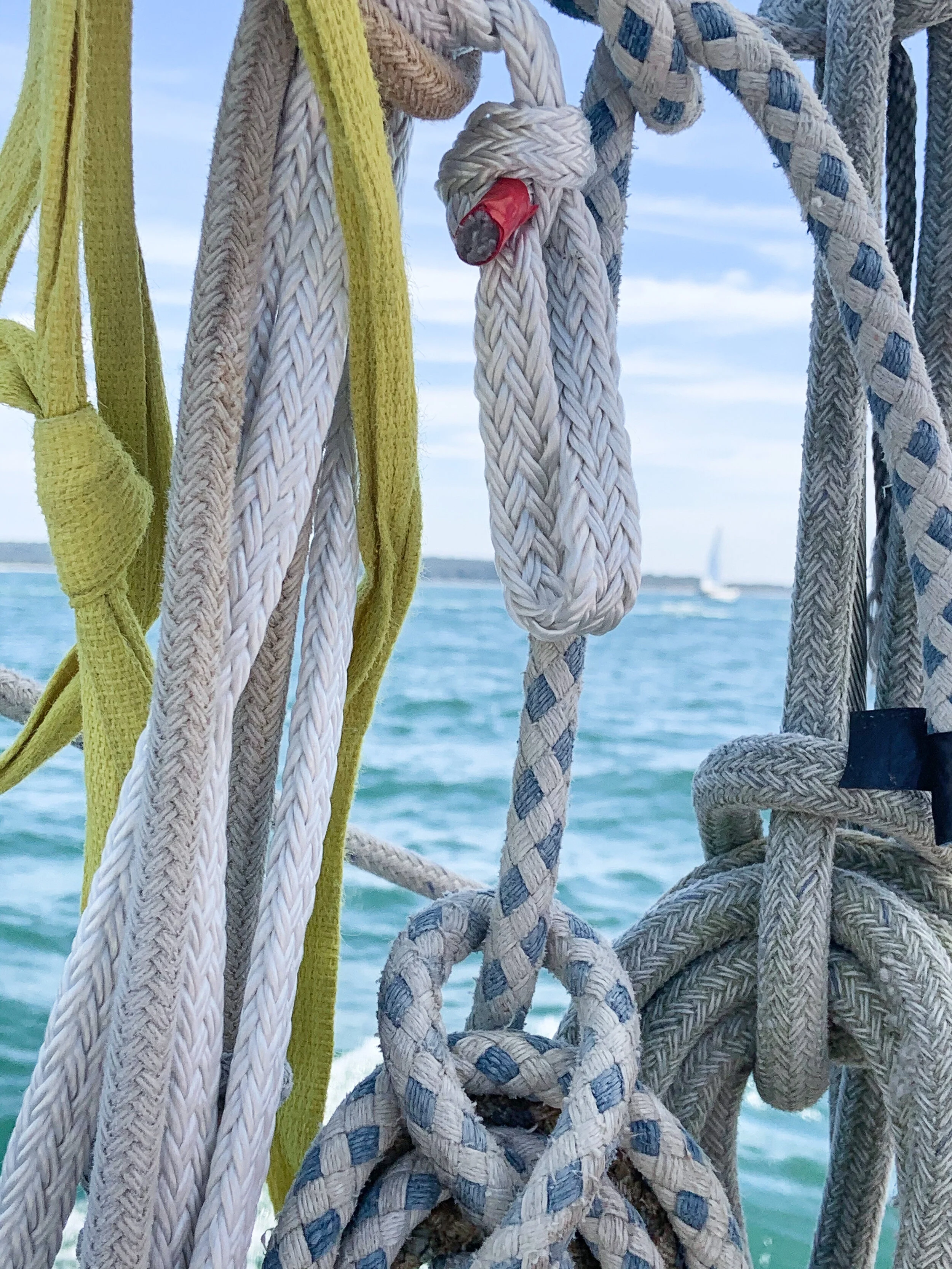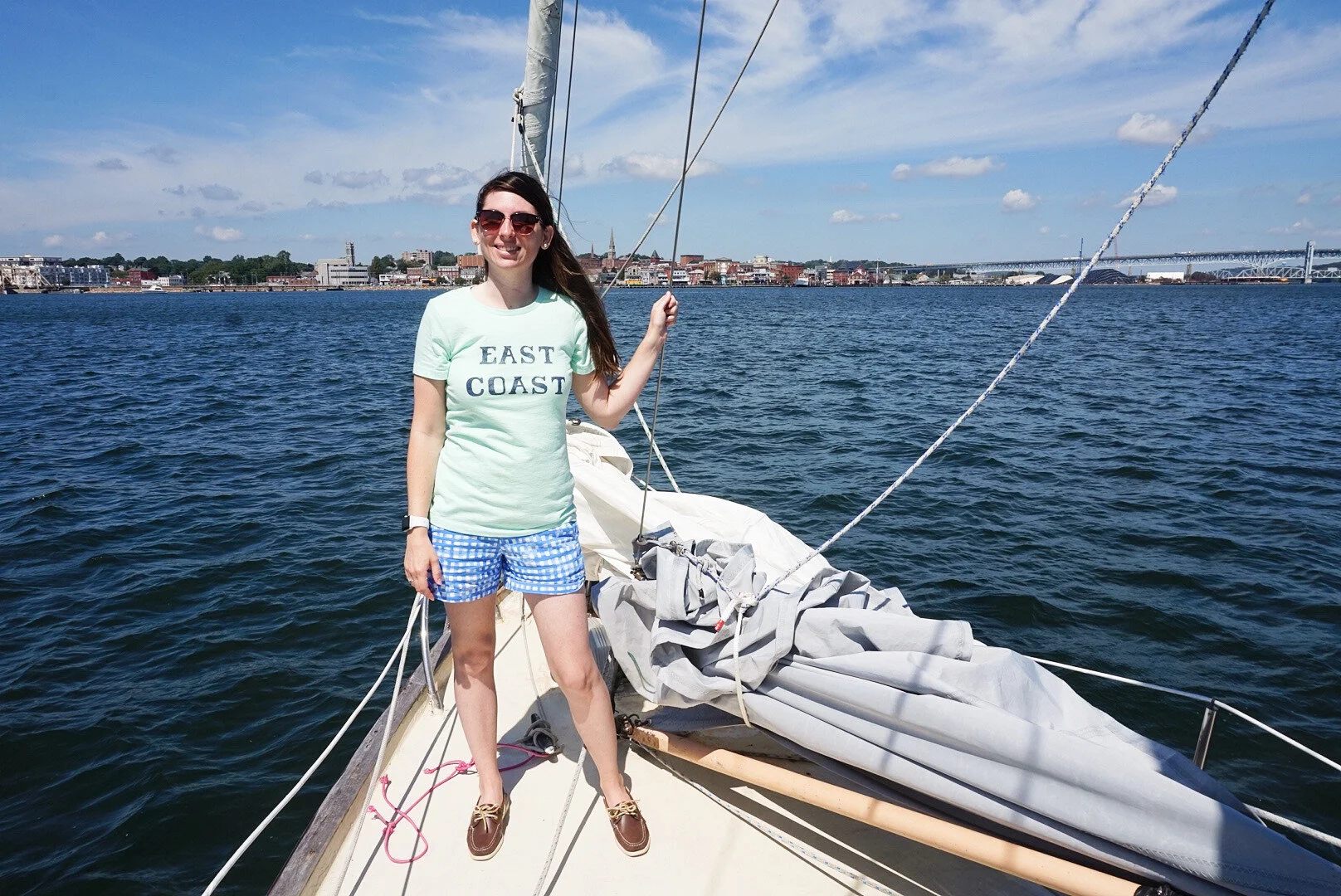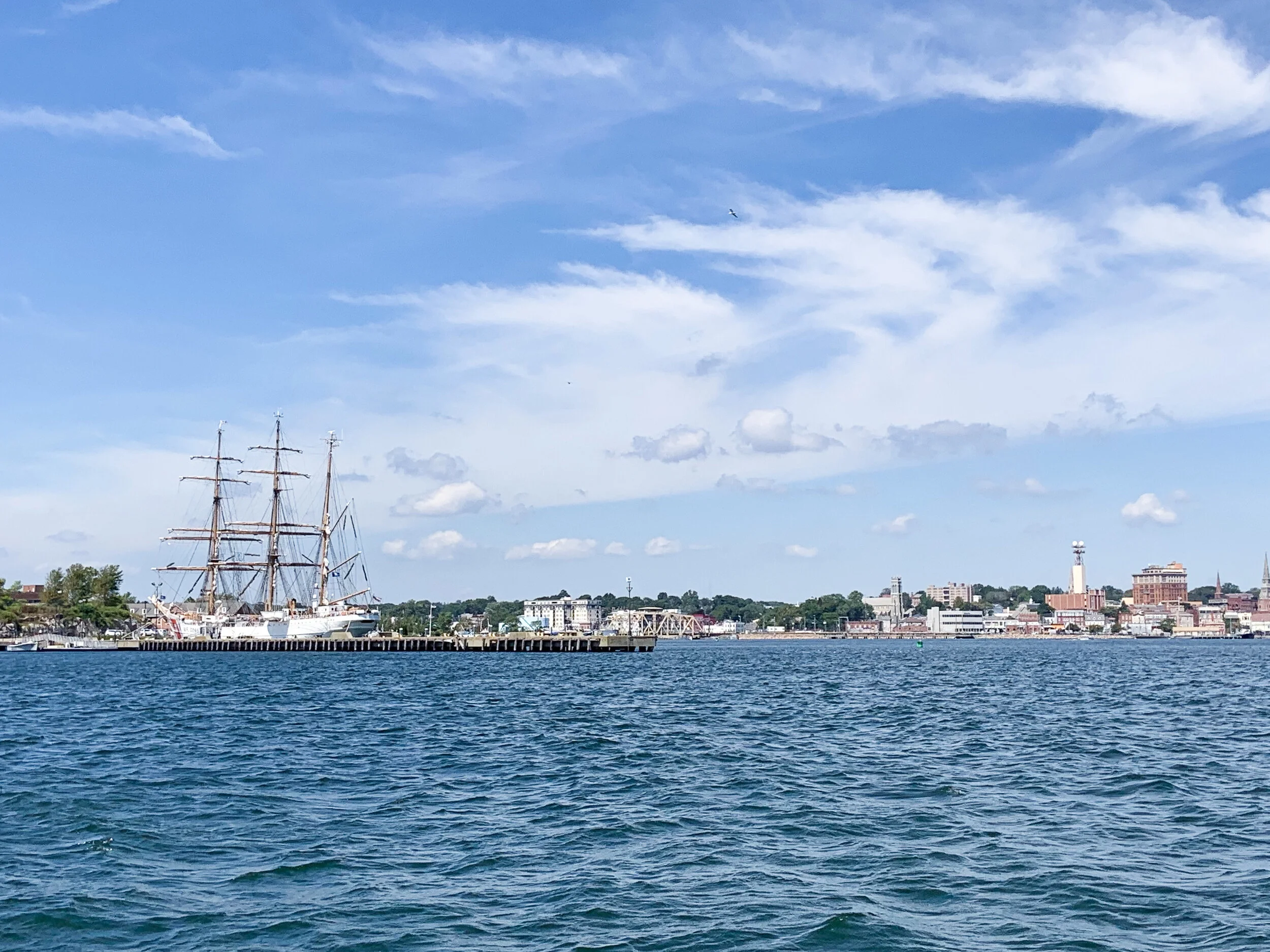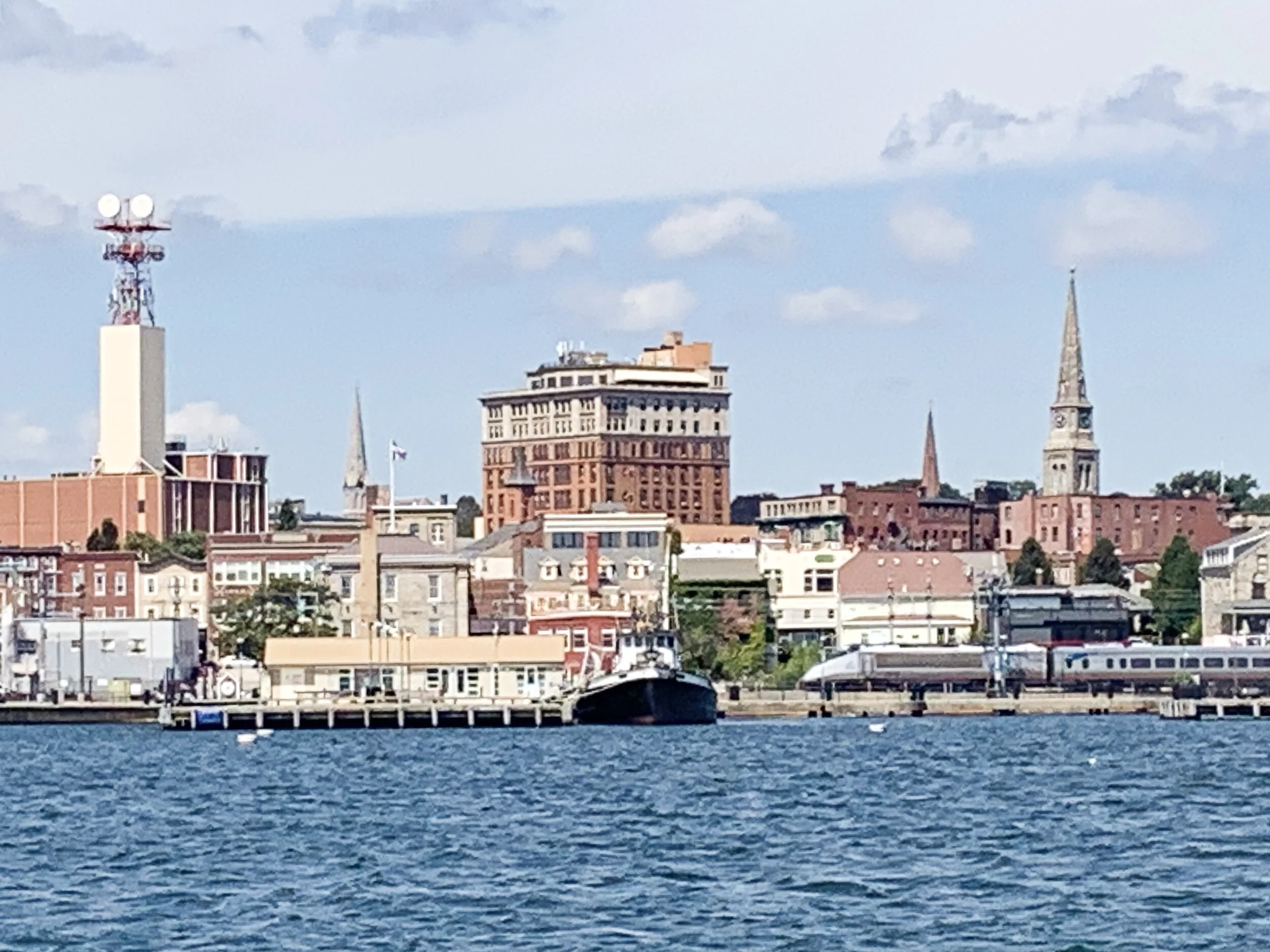Yesterday marked the end of Deaf History month, so to wrap up the series about challenges I faced with employment, I will talk about the recent and last job I had. Over the last 4 years, I worked as a special education paraprofessional at an elementary school. I interviewed for a position at the high school level and had accepted the offer, until the Special Education director convinced me to interview for the elementary school position. He thought that the student was in need of someone like me more than the high school student. I went to the interview at the elementary school and requested an interpreter. I showed up to only the principal and the special education teacher. The special education teacher did all of the work by asking questions (writing with me), telling me what the job would consist of, the requirements, and answering my questions. She took me to the classroom to meet the student. Looking back at this experience, I honestly believe if the principal was solo at this interview, I wouldn’t have been hired.
I worked under the special education teacher, so we had a good system going where we would write back and forth. We communicated about the tasks, the student’s needs, etc. It was never a challenge to communicate with her. My student that I worked with 1:1 with had Down Syndrome. He was non verbal, so I had to teach him some sign language. We worked in his regular mainstreamed classroom, so I also had to work with the classroom teacher. The school was hearing-dominated so I was the only deaf employee. I had to write on paper to communicate with any of my coworkers. The teachers and other paraprofessionals were flexible with that, and very willing to communicate with me.
The school was a small community with 300+ students and 100+ staff. It didn’t take long for everyone to realize my deafness and pick up on how to work with me. It was the largest workplace that I’ve had to work for with no awareness of deaf culture. I thought it’d be more difficult but it wasn’t. Within 2 years of being there, the students were also accepting me. They were learning sign language, asking me questions about my deafness, etc. I was happy to educate them. I felt like with me being there, I was also teaching those students to be inclusive.
The students were very adaptive to me, picking up from the beginning on how to communicate with me. I actually found that most students were able to understand me more than the adults. I’m not sure why, but it was an interesting observation! The students were able to communicate with me by gesturing or writing. There were times when I didn’t understand and I felt very helpless! The worst was when I had students coming up to me crying (which 80% of the time, it was just over innocent arguments). I would do my best to consult them but had to get another staff member to help sometimes. It wasn’t a great feeling, especially with me having a lot of pride. Asking for help isn’t something I really enjoy doing.
Luckily, I worked with a great community of teachers and paraprofessionals at the school. The paraprofessionals were understanding and always jumped in when I asked for help. I recall one year when we were all in the regular classroom, the principal had come on the loudspeaker and announced something. I saw the students’ expressions turn to panic. I started stressing. After the principal finished, the teacher took the time to explain to the students in better terms to calm them, then I saw her saying “Hold on, I need to tell Miss Kelly”. She wrote down and explained there was an incident that had happened on the school grounds but was handled by the local police agency. I was very appreciative of that! The incident was already over, so the teacher didn’t have to take the time to do that for me, but she did. Imagine if she didn’t, I would be wondering why the students were panicked. There were other situations similar to that, when there was information shared over the loudspeakers, and some staff did their best to let me know.
A challenge of working in the school was the new changes every year, moving onto the next grade level to a new teacher, new kids. The second year, I was lucky to be with the same teacher from the previous year. She helped to ease the new students by explaining my deafness and did demonstrations. She stood behind me (while I was pretending to be clueless), calling “Miss Kelly!” to explain that was the incorrect way to ask me for help. She demonstrated the correct way, which was to tap on my shoulder then ask for help. I never asked her to do that, but I was taken aback. I was impressed and so grateful for her to set the base for me. It truly helped the students understand right away, with the information stuck in their heads throughout several grade levels. I was super nervous to work with any new teachers, but so far I was lucky with all of them!
Each of the relationships I had with all teachers were so different every year. I worked with a total of 4 (classroom) teachers. The first year was awkward with me establishing a routine so it took a while before I started to really know the teacher personally. We were able to communicate via paper and pen. This was the same with the second teacher that I worked with. It also helped to have social media (Facebook) to be in the know of what was going on with our lives. That gave me some info on what to talk about in person at work. The third teacher I worked with was different from the first two. We exchanged phone numbers, so we texted. I noticed with this, I was able to express more. Writing via paper and pen can be painful if you want to have the level of what would be said in a verbal dialogue! For the first time, I felt like I had someone to really talk with and we talked about our common likes and our lives. It was weird to have someone to know so much about me, because I was able to share more through texting. He knew more things about me than anyone else in the school so I truly felt like I had a friend. It was difficult when I wanted to interact with other paraprofessionals, because they would be in groups and talking. I would be singled out. The paraprofessionals also chatted with teachers in the classrooms whenever there was down time. This bothered me a lot. I wanted to be included. I ate lunch alone. How can I lipread people with food in their mouths? I was lonely, but at the same time I wasn’t because I knew they liked me from their actions. Again, social media helps so much to keep me connected with them. This is why I felt like I had a ‘family’ in the school, I know that they are there for me despite the communication barriers.
The school started to take an interest in sign language. Many students would approach my student or me to ask for new signs. We were invited to come to first grade to teach some signs. The last school assembly last year surprised me with the Kindergarten class singing a song all in sign language! It was such a heartwarming moment to see that, to feel inclusive AND because my student enjoyed it so much he signed along with them while sitting in the audience. I had a student in the regular classroom that attended sign language classes at the local library too. She’d come back every day proudly showing off what she had learned. She learned so quickly that we were able to hold conversations! It was huge to me. Coming from the first year when the students would share their weekend news, I would have no idea what most of them said. I was always disappointed that I didn’t know what was happening in their daily lives and couldn’t use information to help build bonds with them. Do they like swimming? Do they like to play sports? Did she have a little brother like I do? There were many students that I didn’t know very much about so I had to learn a lot on my own from observations. To be able to hold a conversation with the student entirely on our own with no outside help was an accomplishment. I felt proud!
The students might not have been able to communicate with me much through sign language at first, but they did learn a lot about me. I established bonds in another way; instead I would show pictures of my Dalmatian. A girl drew a picture of gymnastics, so I wrote a note saying that I did gymnastics when I was younger. I relied on their drawings, their actions, their clothing, etc to build the bonds. We didn’t have the language but we were able to relate in a unique way. For my birthday and Valentine’s Day, the students drew cards decked out with sign language or Dalmatians. I loved that they knew me despite the lack of language between us.
I did have a huge ongoing issue with requesting interpreters for the team and paraprofessional meetings. The school never got me an interpreter until my 4th year of working at the school. I attended the paraprofessional meetings which were monthly. I would sit there clueless of what was being said. One meeting, the principal asked me a question directly and I didn’t understand. Few staff members around me scrambled to get paper and wrote down the question. By the time I could answer, the discussion had already moved on. It didn’t matter for me to answer. The part that bothered me was that I felt like an idiot, thinking the others probably looked at me with sympathy. Did they feel bad for me? They should not. They should’ve been bothered by the principal for not being accommodating to me. I missed training (which was an opportunity for growth as well as an opportunity for extra income) because they couldn’t request an interpreter for me. It frustrated me so much.
I emailed the principal in the beginning of my 2nd year of working there, explaining to her the difficulty of lipreading multiple people at once in a room; how I needed an interpreter for all of those times. I referred her to call the local agency that provides interpreters. She had a sit down discussion with me, proudly sharing that she called them. It was mentioned that the cost was shocking, but went on to say if I request a job coach it would help. I was speechless. Did she understand what a job coach was? This is after working at the school for a full year. I know what I do in my job. I received a positive evaluation at the end of the previous year (and even verbal praise from other staff and the parents). I realized this was a strategy to get the cost of interpreters down. The school did not want to pay for my accommodations.
The unwillingness to accommodate me made me feel that the principal didn’t value me as a team player. It was particularly hard when I wanted to contribute in the team meeting for my student. I knew my student better than anyone because I was the one with him constantly. Luckily his parents were aware and established great communication with me. I had a great relationship with the special education teacher too, so I was able to share a lot of information with her which she would discuss in the meetings. I couldn’t imagine what I’d do if I didn’t have her to help me out. She always tried her best, even went beyond her duties to accommodate me when it wasn’t her job.
I decided to look at the positivity which was my amazing student, the wonderful special education teacher, as well the classroom teachers, the students who were so accepting of me and the paraprofessionals. I truly had a little school ‘family’. That’s how I got through the first three years. No matter what, it still took a toll on me with the lack of accommodations. In the final year of working at the school, there were also a lot of changes that came along with the merge of another elementary school to my school. The small school was no longer the community I once knew. I didn’t have any teachers or staff that I once worked with before. I had to start completely over.
It was even more difficult to establish my role with a new community who wasn’t familiar with me. I felt like the larger mass of people somehow made it hard. I was working in the new special education classroom with 5-6 other paraprofessionals. They were having meetings in front of me. I didn’t realize they were having the meetings! I was shown the new plans or directions after hand. No input from me at all. It was extremely difficult to communicate to anyone about my student’s progress. I felt awful as I felt responsible for my student’s regression. I also struggled with the lack of interactions with staff. It made all the frustrations I had in the first few years seem so little. I got lost with the merge. It affected me so much, even outside of school. I was unhappy and I felt sad. It was with extreme difficulty that I had to leave the school. I pictured a different ending. I missed my student and the school ‘family’ terribly.


